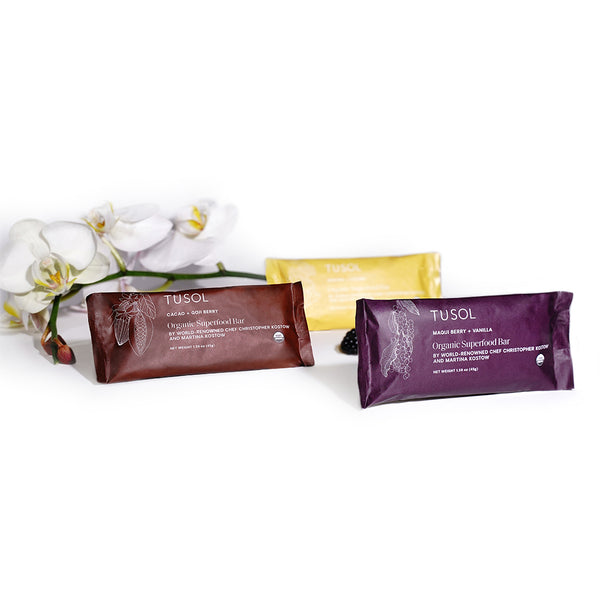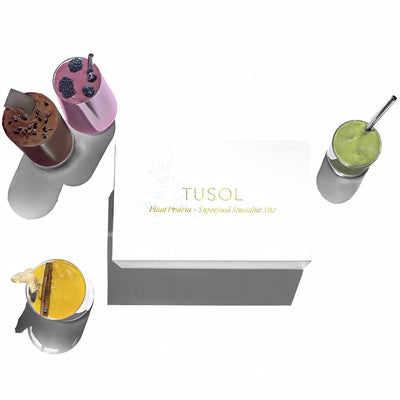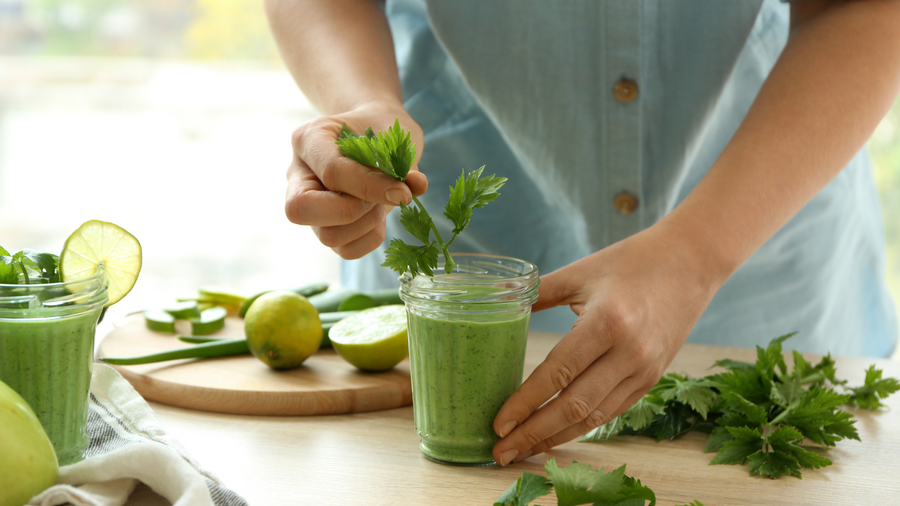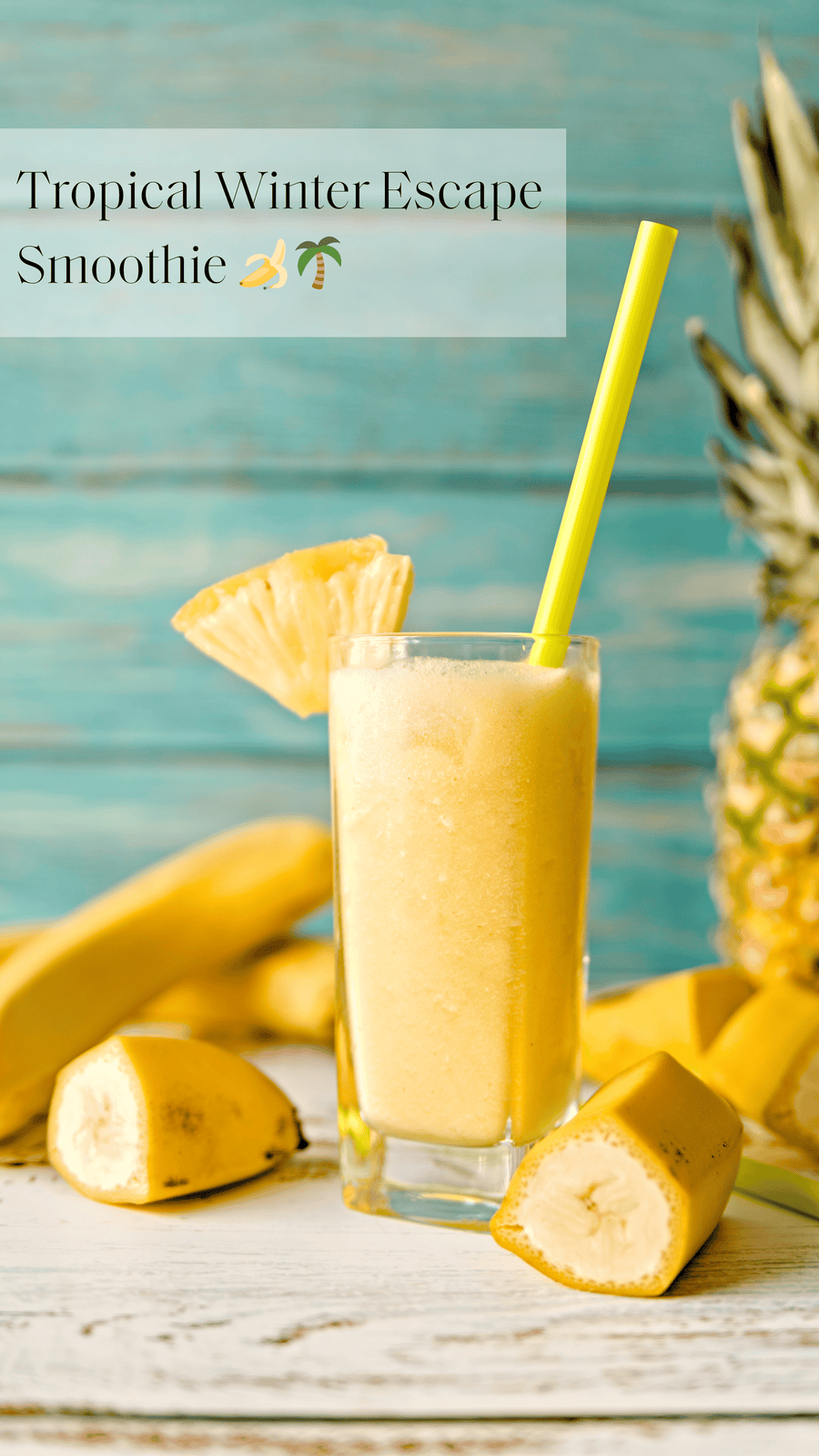Sugar, often referred to as "the sweet poison," has woven itself deeply into the American diet, contributing to a myriad of health problems, including obesity, diabetes, and heart disease. What's more alarming is that sugar isn't always upfront about its presence. It hides behind various aliases on food labels, making it challenging for consumers to identify and avoid. In this comprehensive exploration, we'll uncover some of the most common hiding places for sugar in the American diet and highlight the many sneaky names it goes by, with specific brands and products to watch out for.
- Sweetened Beverages:
Let's start with one of the most notorious sources of hidden sugars: sweetened beverages. While soda and fruit juices are well-known culprits, the list of sugary drinks doesn't end there. Consider coffee drinks from popular chains like Starbucks, which can pack a surprising amount of sugar. For instance, a Starbucks Mocha Frappuccino can contain up to 61 grams of sugar in a single 16-ounce serving, largely due to ingredients like "Frappuccino Syrup" (a blend of sugar, water, and salt) and "Whipped Cream," which often contains added sugar.
- Breakfast Cereals:
Many cereals, often marketed as a wholesome start to your day, can be loaded with sugar. A prime example is Kellogg's Froot Loops, which contains approximately 12 grams of sugar per 1-cup serving. Terms like "crunchy" and "frosted" on cereal boxes often indicate hidden sugars. Even cereals that seem healthy, such as Nature Valley Oats 'n Honey Granola, contain added sugar. This seemingly wholesome option contains about 11 grams of sugar per 1/2-cup serving.
- Salad Dressings:
Salad dressings can turn a healthy meal into a sugar-laden dish. Hidden sugars can be found in popular brands like Newman's Own Honey Mustard Dressing, which contains honey as a prominent ingredient. While honey is often perceived as a natural sweetener, it can still contribute to excess sugar intake. It's crucial to check labels and choose dressings with minimal or no added sugars.
- Yogurt:
Yogurt is a popular choice for a quick and healthy snack, but many flavored yogurts contain added sugars. One of the leading culprits is Yoplait Original Yogurt, which contains around 18 grams of sugar per 6-ounce serving. Look for terms like "fruit on the bottom," "creamy," or "dessert-style" on yogurt containers as they often indicate hidden sugars.
- Sauces and Condiments:
Commonly used sauces and condiments can harbor hidden sugars that you might not expect. A prime example is Heinz Ketchup, which contains high fructose corn syrup (HFCS), a concentrated source of fructose and glucose. Barbecue sauce, often used to add flavor to meats, is another sneaky source of sugar. Brands like Sweet Baby Ray's Sweet 'n Spicy Barbecue Sauce contain brown sugar and corn syrup, contributing to its sweet taste.
- Granola and Energy Bars:
Granola and energy bars are often marketed as quick and healthy snacks, but they can be loaded with sugars. For example, the Quaker Chewy Chocolate Chip Granola Bar contains about 7 grams of sugar per bar, with ingredients like "brown sugar" and "corn syrup" contributing to its sweetness. Similarly, Clif Bars, despite their health-conscious image, often contain added sugars like brown rice syrup and cane syrup.
- Breads and Baked Goods:
Even seemingly savory items like bread can harbor sugar. Common brands like Arnold Whole Grains 100% Whole Wheat Bread may contain sugar, sometimes listed as "sugar" or "honey" on the ingredient label. Baked goods like muffins and cookies, especially those from commercial bakeries, often contain added sugars to enhance flavor and texture. For example, a typical Starbucks Blueberry Muffin contains around 30 grams of sugar.
- Canned Soups:
Canned soups are convenient, but they often contain hidden sugars to enhance their flavor. Progresso's Light Creamy Tomato with Penne Soup, for instance, contains added sugar in the form of "corn syrup." Even soups marketed as "low-fat" or "light" can be culprits, so always check the ingredient list for sweeteners.
- Frozen Foods:
Frozen foods, including frozen pizzas and TV dinners, can be sugar-laden. For example, the Lean Cuisine Sweet & Spicy Korean-Style Beef contains added sugar in the form of "cane sugar." Similarly, many frozen pizza brands use sugar in their pizza sauces, contributing to the overall sugar content. Brands like DiGiorno, for instance, include "sugar" as an ingredient.
- Flavored Oatmeal and Instant Cereals:
Convenient breakfast options like flavored oatmeal or instant cereals often contain added sugars. A classic example is Quaker Instant Oatmeal, often featuring flavors like "Maple & Brown Sugar" or "Cinnamon & Spice." These flavors may contain added sugars in the form of "brown sugar" or "cane sugar."
Now, let's delve into the various sneaky names that essentially mean sugar:
- High Fructose Corn Syrup (HFCS): This widely used sweetener is a concentrated source of fructose and glucose and can be found in a multitude of processed foods, including popular products like Coca-Cola and Pepsi.
- Dextrose: Dextrose is another name for glucose, a form of sugar. It's commonly used in a wide range of products, including snack foods like Fritos and candies like Skittles.
- Sucrose: This is plain table sugar, which is a combination of glucose and fructose. It's present in a variety of foods, including beloved treats like Hershey's Chocolate Bars.
- Agave Nectar: Marketed as a "healthier" alternative, agave nectar is a highly processed syrup with a high fructose content. It's used in some health-oriented products, including a brand like Clif Bars.
- Maltose: Maltose is another form of sugar often used in the brewing industry, but it can also be found in some processed foods. It's often used in the production of beer and malted milkshakes.
- Fructose: While naturally found in fruit, processed foods can contain added fructose, usually in the form of high fructose corn syrup. This can be found in many beverages and snacks, including popular cereals like Frosted Flakes.
- Molasses: This thick, dark syrup is a byproduct of sugar extraction from sugar cane or sugar beets, and it's often used in baking and cooking. It can be found in some gingerbread cookies and barbecue sauces.
- Cane Sugar: This term might sound less processed, but it's essentially sugar derived from sugar cane. It's used in a wide range of products, including many ice creams like Ben & Jerry's.
- Brown Rice Syrup: Often used as an alternative to high fructose corn syrup, brown rice syrup is made from brown rice starch and can be found in "healthier" snack products, including certain KIND bars.
- Fruit Juice Concentrate: While it may sound natural, fruit juice concentrate is a concentrated source of fruit sugars often added to sweeten products. It can be found in various fruit-flavored snacks and beverages, such as Capri Sun.
- Evaporated Cane Juice: This is essentially sugar that hasn't undergone the full refining process, making it sound less processed than it is. It's found in some health-oriented products, including some flavors of Larabars.
Being aware of these hidden sources and sugar's numerous aliases is crucial in making informed dietary choices. To reduce your sugar intake, it's best to focus on whole, unprocessed foods and check labels diligently. By unmasking the sugar hidden in the American diet, we can take a significant step toward improving our health and well-being. Make sure to read ingredient labels and be mindful of specific products and brands that may contain hidden sugars, allowing you to make healthier choices for you and your family.














